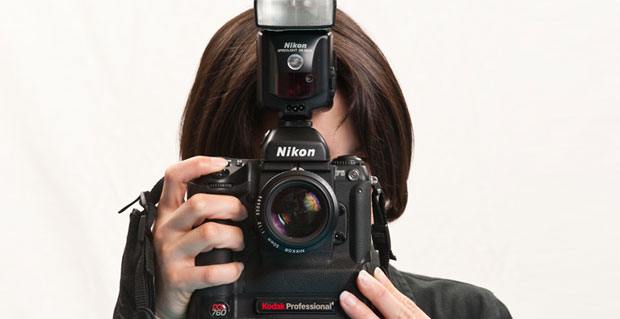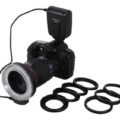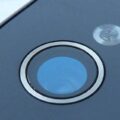Photographers are increasingly aware of the benefits of LED lighting. LED light bulbs produce a versatile, natural-looking light. This enhances the appearance of photos more successfully than traditional light sources.
LED lighting for flash photography
On most occasions, you must have artificial light when taking photos indoors or in dark conditions. Artificial light can also reduce shadows on a sunlit day.
For many years, camera lighting systems relied on xenon bulbs. These produce a widespread light, but can make a picture seem harsh and unnaturally bright.
Today, many camera makers use LED light bulbs, especially for built-in flashes. LED lighting has a number of distinct advantages over xenon bulbs. An LED flash gives you a softer light with a more even spread across the whole of the picture. It helps reduce darkness in corners, and avoids glaring patches of light on reflective surfaces.
Unlike a xenon bulb, LED lighting can either flash or be continuous. This means you can use your camera’s video function to take films at night and indoors.
LED lighting and video
Continuous lighting is useful for normal digital cameras and essential for video cameras. What many video enthusiasts have discovered about LED lighting is not just its softness and even tone, but also its value. LED light bulbs use much less electricity than traditional bulbs.
LED lighting also lasts significantly longer. You can expect an average LED bulb to have a life expectancy of 50,000 hours. If you run an LED for eight hours a day, it should provide light for more than 17 years.
One additional benefit of LED lighting for video use is its versatility. LED video pads in particular are proving to be a boon. By positioning the pads around a scene, you can move a camera through an interior without the image fluctuating between bright and dark areas.
LED lighting and CRI
As well as illuminating a scene, you want artificial light to be as natural as possible. Poor quality artificial light can give a photograph or film an abnormal colour.
This is why photographers refer to the CRI (colour rendering index) of a flash or light. The CRI tells you the extent to which an artificial light matches natural light. LED light bulbs lead the field in this regard. LED lighting has the highest CRI of photographic lighting systems. In other words, LED light bulbs produce images with a natural appearance.
LED lighting and macro photography
A natural appearance is especially important for macro photography, when a photographer takes a picture in extreme close-up. The best type of LED lighting for these situations is an LED ring. This is a circle of bulbs fitted on the rim of a camera lens. Such an arrangement casts an even light and dispels shadows even when your camera lens is close to the subject.
LED lighting – a must-have feature
LED lighting is improving photography for occasional camera users and professionals alike. Next time you buy a camera, or camera phone, consider putting an LED flash or lighting system on your list of must-have features.
Date: September 17, 2012
Tags: led leds Lighting
Discover how LED lighting improves photography, providing a natural-looking and versatile light source. Learn about the advantages for flash photography and video.




